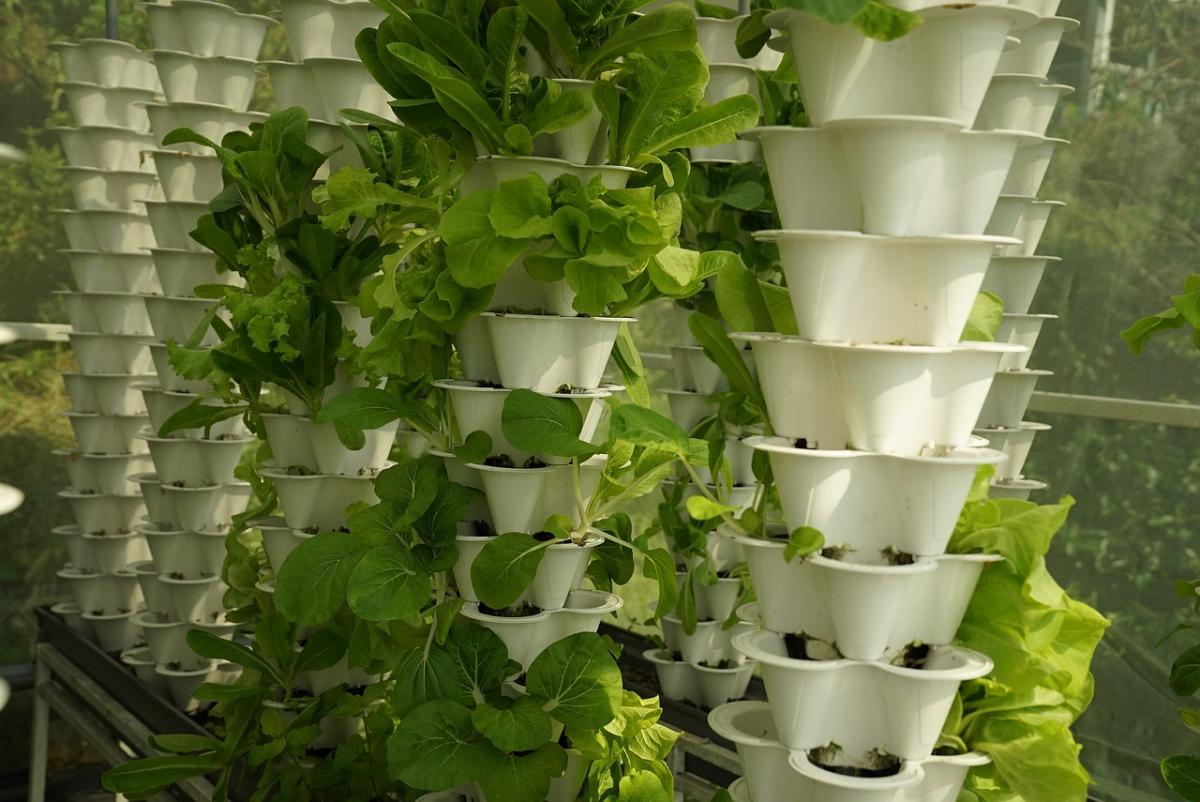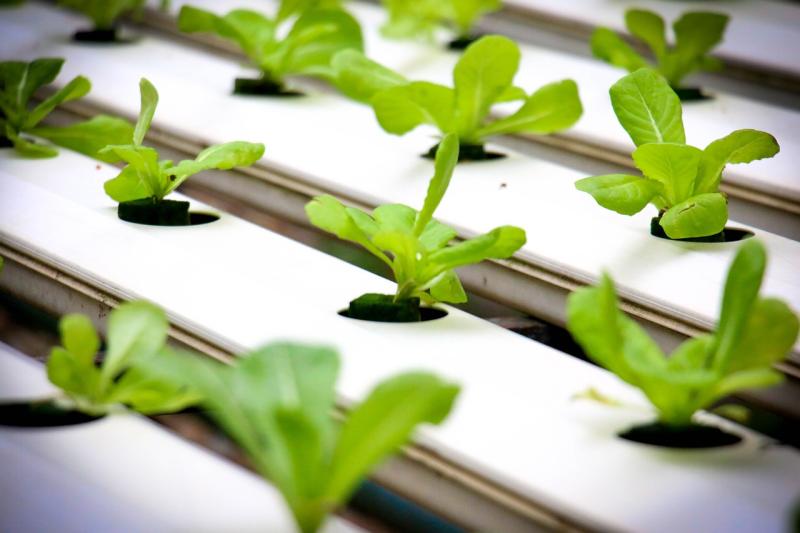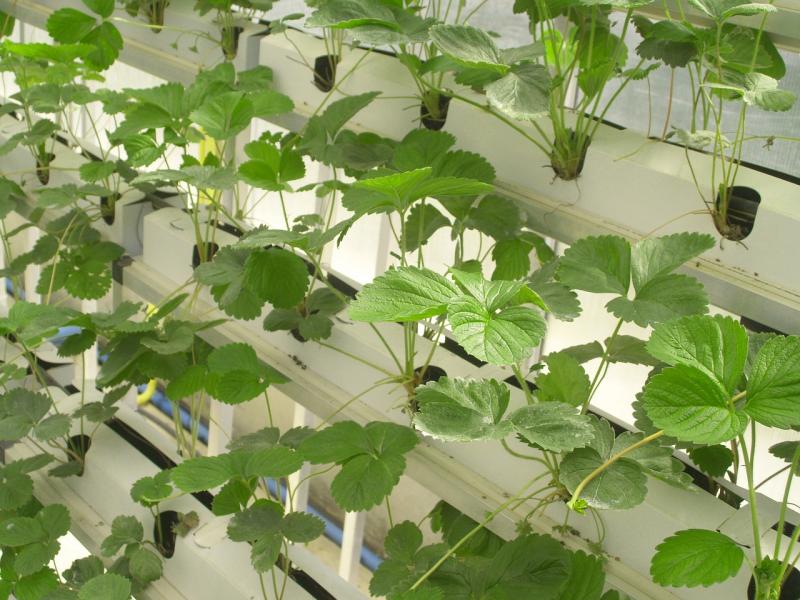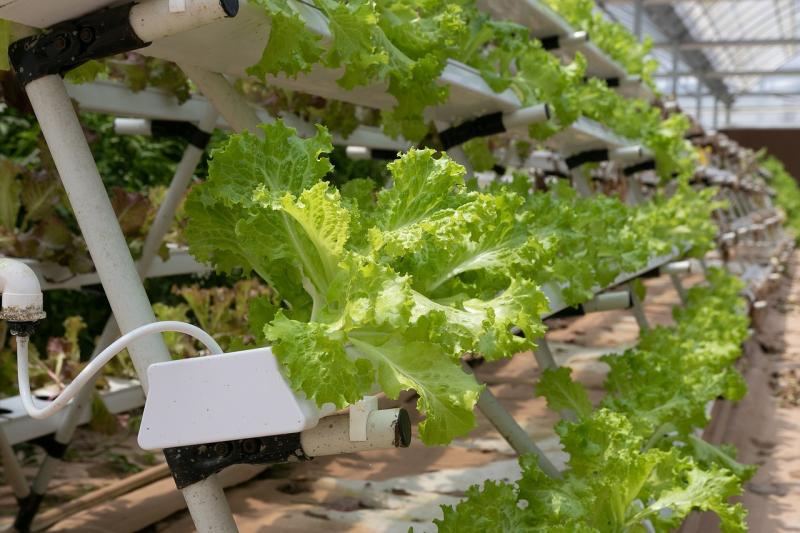Have you ever wondered how plants can thrive without soil? That's where hydroponics comes in! This method allows you to grow vegetables, herbs, and even flowers using nutrient-rich water instead of traditional soil. Imagine having a tiny garden in your kitchen that produces fresh ingredients all year round!
In hydroponics, plants get their nutrients directly from the water, which makes them grow faster and healthier. The system can be set up in various ways, like deep water culture, nutrient film technique, or drip systems. Each method has its own advantages, but the main goal is to deliver the right nutrients right to the plant's roots.
One of the coolest things about hydroponics is its space efficiency. You can grow more plants in a smaller area, making it perfect for urban gardening or for those with limited space. Plus, hydroponics conserves water compared to traditional farming since the water used is recirculated through the system. Less waste, more veggies!
If you're looking to get started, you don't need to be a gardening expert. There are plenty of starter kits available that provide everything you need, along with easy-to-follow instructions. It’s a fun way to experiment and learn about plant growth while enjoying the benefits of homegrown produce.
Exploring Aeroponics and Its Misty Benefits
Aeroponics is a fascinating way to grow plants that takes urban gardening to the next level. Instead of soil, plants grow in an air or mist environment, with their roots suspended and exposed to nutrient-rich moisture. This method uses a fine mist to deliver water and nutrients directly to the roots, making it efficient and innovative.
One of the standout benefits of aeroponics is its water-saving capability. Since the system recycles water, it uses up to 90% less water than traditional gardening methods. If you’re looking to reduce your environmental footprint while enjoying fresh vegetables, this is a fantastic option.
Another perk is the enhanced growth rate. Plants in aeroponic systems often grow faster than those in soil or even other hydroponic methods. This is due to the optimal oxygen levels and nutrients that directly reach the roots. You can expect lush, healthy plants that produce higher yields in shorter timeframes.
Lastly, aeroponics is a perfect choice for indoor gardening. It takes up minimal space, so whether you live in a small apartment or just have a limited outdoor area, you can still enjoy the benefits of growing your own food. Plus, it can be a fun project for families or individuals eager to learn more about sustainable practices while enjoying fresh herbs and veggies at home.
Getting to Know Aquaponics and Fish Farming
Aquaponics is an exciting way to grow plants and raise fish together in a symbiotic environment. It’s a bit like nature’s own little ecosystem right in your backyard or in a small greenhouse. In aquaponics, fish waste provides organic nutrients for the plants. This means that instead of using chemical fertilizers, you’re relying on the natural cycle of life to keep your garden thriving.
So, how does it work? Well, the fish live in a tank, and their waste gets filtered out and pumped to the plants. The plants use those nutrients to grow, and in return, they help clean the water, which goes back to the fish. It's a win-win situation! You get fresh, healthy plants and fish while conserving water and improving the overall efficiency of food production.
If you're considering diving into aquaponics, here are a few things to think about:
The beauty of aquaponics is that it’s low-maintenance once you get it set up. Plus, you’ll get to enjoy the fruits (and vegetables) of your labor in no time! Whether you’re looking to produce food sustainably or just want a fun hobby, aquaponics can offer a unique and fulfilling experience.
Choosing the Right System for Your Needs
When diving into the world of hydroponics, aeroponics, and aquaponics, it's essential to pick a system that fits your lifestyle and goals. Each method has its perks, and figuring out what you need is a big step toward successful gardening.
First up, think about the space you have available. Hydroponics works well in both small and large setups, whether indoors or outdoors. If you're short on space, however, aeroponics can be a fantastic choice. It uses less water and allows for vertical growing, maximizing your area.
Next, consider how hands-on you want to be. If you like experimenting and getting involved, aquaponics is a fun way to merge fish farming and plant growth. It needs a bit more attention, but the benefits of having live fish working alongside your plants are rewarding. On the other hand, hydroponics and aeroponics are generally easier to manage, perfect for those who prefer a straightforward approach.
Lastly, think about what you want to grow. Do you want leafy greens? You can grow those in any system! But if you're hoping for larger fruit-bearing plants or herbs, aeroponics might give you that extra edge. Each system has its unique advantages, so consider what your ultimate gardening goals are while making your choice.



